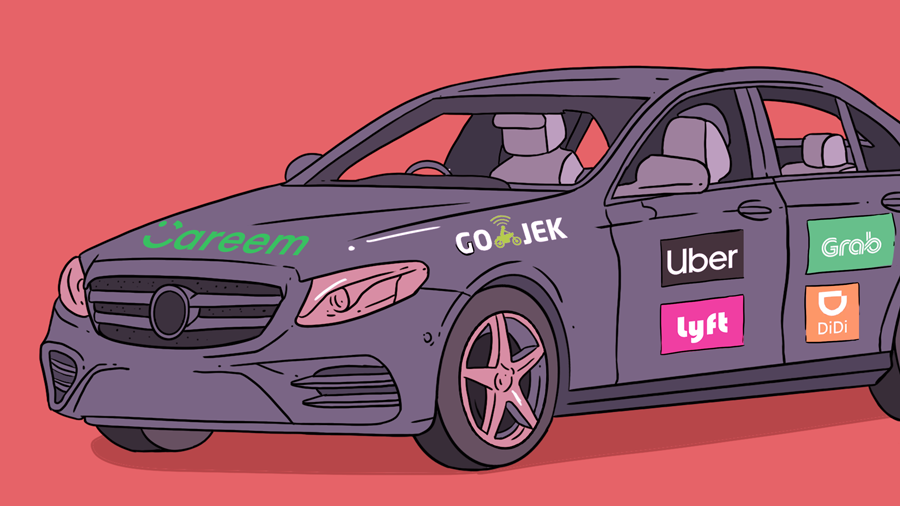Uber is laying off about 350 employees in the third round of cuts for the company this year, according to media reports.
Subscribe to the Crunchbase Daily
Uber also went through layoffs in July and September. Here’s a quick breakdown:
- July: 400 employees cut
- Departments Affected: Marketing
- September: 435 Employees Cut
- Departments Affected: Engineering and Product
- October: 350 employees cut
- Departments Affected: Advanced Technologies, UberEats, Global Rides and Platform, Recruiting, Performance Marketing
This month’s layoffs affect the most departments among the three rounds of layoffs, including personnel from some of the company’s most promising divisions (e.g. Eats).
Last month when the company went through its second round of layoffs, Uber said that it had previously hired rapidly and in a decentralized way. But CEO Dara Khosrowshahi asked employees on the management team if their teams would still look the way they do now if they were building from square one. That lead to layoffs where team sizes, overlapping roles and individual performance were taken into account.
“Days like today are tough for us all, and the ELT and I will do everything we can to make certain that we won’t need or have another day like this ahead of us. We all have to play a part by establishing a new normal in how we work: identifying and eliminating duplicate work, upholding high standards for performance, giving direct feedback and taking action when expectations aren’t being met, and eliminating the bureaucracy that tends to creep as companies grow,” Khosrowshashi wrote in an email to employees, obtained by TechCrunch.
An Uber spokesman confirmed the details of the email.
Financial Context
The company’s repeated rounds of layoffs come after the firm’s initial public offering (IPO) struggled to launch. The company’s share price and market valuation have eroded since the financing and liquidity event. Concerns dealing with Uber’s cost structure (too high) and its growth rate (too low) have put continued pressure on its stock.
If Uber can show investors after its three rounds of layoffs that its cost-cutting is making a measurable — and noticeable — dent in costs as it looks to reignite growth, Uber could stabilize or possibly regain ground. If, however, the layoffs and other measures fail to limit cost expansion while growth remains stalled, Uber could continue to struggle.
How far does Uber need to reduce costs? The company’s adjusted net revenue grew 14 percent compared to the year-ago quarter in Q1 2019. That number slipped to 12 percent in Q2 2019. During the first quarter of this year, Uber’s adjusted EBITDA came to -$869 million. That figure was an improved -$656 million in Q2. Over the same two periods, Uber’s net loss was an IPO-aggravated $7.26 billion.
Layoffs are a bad word amongst the Silicon Valley private company elite. But Uber is now a public company answering to a new set of investors. More when the company reports earnings.
Illustration Credit: Li-Anne Dias

Stay up to date with recent funding rounds, acquisitions, and more with the Crunchbase Daily.







67.1K Followers